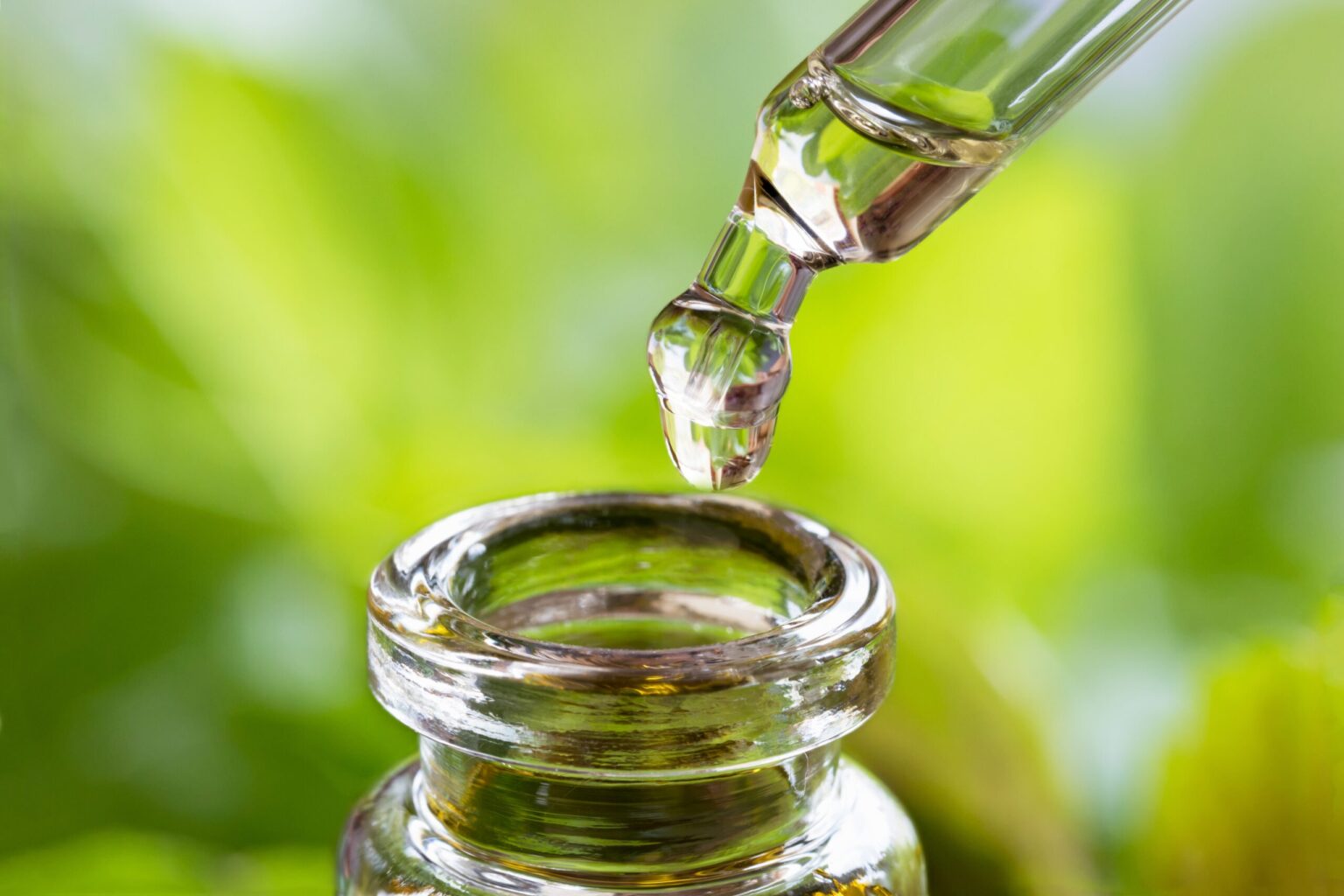Glycerin, also known as glycerol, is a versatile, naturally occurring compound that has become a staple in industries ranging from cosmetics to food production. This colorless, odorless, and sweet-tasting liquid is prized for its moisturizing properties, safety, and wide range of applications. Derived from plant oils, animal fats, or synthetic processes, glycerin is a powerhouse ingredient that enhances products and supports various industrial processes. This article explores the uses, benefits, applications, and essential information about glycerin, offering a detailed look at why it’s a cornerstone of modern manufacturing and daily life.
What is Glycerin?
Glycerin is a trihydroxy alcohol, a simple polyol compound with three hydroxyl groups, making it highly soluble in water and hygroscopic (able to absorb moisture from the air). It is primarily obtained as a byproduct of saponification (soap-making) or biodiesel production, where fats and oils are broken down. Glycerin can be sourced from vegetable oils like soybean or palm, animal fats, or created synthetically from petrochemicals. Its natural origin and non-toxic nature make it a preferred ingredient in products that prioritize safety and sustainability.Available in refined (pharmaceutical-grade) and crude forms, glycerin meets stringent standards for purity in food, cosmetic, and medical applications. Its versatility stems from its ability to act as a humectant, solvent, sweetener, and stabilizer, making it indispensable across multiple sectors.
Uses of Glycerin: A Multifaceted Ingredient
Glycerin’s diverse properties allow it to serve a wide array of functions in various industries. Below are its primary uses:
- Cosmetics and Personal Care: Glycerin is a star ingredient in skincare and haircare products due to its humectant properties. It draws moisture from the environment into the skin or hair, keeping them hydrated. It’s found in moisturizers, lotions, serums, shampoos, and conditioners, where it helps maintain softness and prevents dryness.
- Food and Beverage: In the food industry, glycerin acts as a sweetener, preservative, and thickener. It’s used in candies, baked goods, and beverages to enhance texture and extend shelf life. As a food-grade humectant, it keeps products like marshmallows and dried fruits soft and palatable.
- Pharmaceuticals: Glycerin is a key component in medicines, including cough syrups, lozenges, and suppositories, where it serves as a solvent, sweetener, or lubricant. Its soothing properties make it ideal for topical treatments like wound care gels and burn ointments.
- Industrial Applications: Glycerin is used in manufacturing processes, such as in the production of antifreeze, lubricants, and explosives (e.g., nitroglycerin for dynamite). It also serves as a plasticizer in plastics and a component in e-liquids for vaping devices.
- Household Products: From soaps to toothpaste, glycerin is a common ingredient in cleaning and personal hygiene products. It adds smoothness to liquid soaps and prevents toothpaste from drying out.
- Agriculture and Animal Feed: Glycerin is added to animal feed to improve palatability and provide energy, particularly in livestock diets. It’s also used in some agricultural sprays to enhance adhesion to plant surfaces.
These applications highlight glycerin’s adaptability, making it a go-to ingredient for manufacturers seeking functionality and safety.
Benefits of Glycerin: Why It’s a Game-Changer
Glycerin’s widespread use is driven by its numerous benefits, which cater to both consumer needs and industrial demands. Key advantages include:
- Moisturizing Power: As a humectant, glycerin attracts and retains moisture, making it a gold standard for hydrating skin and hair. Studies show it can improve skin barrier function, reducing dryness and irritation.
- Non-Toxic and Safe: Glycerin is generally recognized as safe (GRAS) by regulatory bodies like the FDA and Health Canada. Its low toxicity makes it suitable for food, cosmetics, and pharmaceuticals, even for sensitive populations like children.
- Versatility: Glycerin’s ability to function as a solvent, stabilizer, sweetener, and lubricant allows it to serve multiple roles in a single product, reducing the need for additional ingredients.
- Biodegradable and Sustainable: Vegetable-derived glycerin is eco-friendly and aligns with the growing demand for sustainable ingredients. Its production as a biodiesel byproduct further supports circular economy practices.
- Skin Soothing: Glycerin’s gentle nature makes it ideal for sensitive skin, reducing irritation in products like baby lotions and eczema creams.
- Shelf-Life Extension: In food and cosmetics, glycerin prevents spoilage by maintaining moisture levels, reducing microbial growth, and enhancing product stability.
These benefits make glycerin a trusted choice for manufacturers and consumers seeking effective, safe, and environmentally conscious solutions.
Applications in Everyday Life
Glycerin’s presence is ubiquitous, touching nearly every aspect of daily life. Below are some practical examples of how it enhances common products and processes:
- Skincare Routines: In moisturizers and face masks, glycerin locks in hydration, leaving skin soft and supple. It’s a key ingredient in products for dry or aging skin, as it helps reduce the appearance of fine lines by plumping the skin.
- Haircare Solutions: Glycerin-based shampoos and conditioners restore moisture to dry or damaged hair, improving elasticity and reducing frizz. It’s particularly beneficial in humid climates, where it helps hair retain moisture without weighing it down.
- Food Preparation: Home bakers may encounter glycerin in recipes for fondant or icing, where it ensures a smooth, pliable texture. It’s also used in low-fat foods to mimic the mouthfeel of fat without adding calories.
- Medical Uses: Glycerin suppositories are a gentle, effective remedy for constipation, while its inclusion in throat lozenges soothes irritation and improves taste.
- DIY Projects: Glycerin is a favorite in homemade soap-making, where it creates a creamy lather and moisturizing effect. It’s also used in crafting bubble solutions for children, as it strengthens bubble films.
- Industrial Processes: In manufacturing, glycerin’s role in antifreeze formulations prevents engine damage in cold climates, while its use in explosives underscores its chemical versatility.
These applications demonstrate glycerin’s ability to enhance both consumer experiences and industrial efficiency.
Safety and Side Effects
Glycerin is widely regarded as safe, but there are considerations to keep in mind:
- Skin Sensitivity: While rare, some individuals may experience mild irritation from glycerin in high concentrations, particularly in very dry environments where it may draw moisture from the skin instead of the air. Diluting glycerin with water or other emollients can mitigate this.
- Oral Consumption: In food, glycerin is safe in moderation but may cause digestive upset, such as diarrhea, if consumed in large amounts (e.g., over 50 grams daily).
- Medical Use: Glycerin suppositories or oral medications should be used as directed to avoid side effects like nausea or cramping.
- Allergies: Allergic reactions to glycerin are extremely rare, but users should discontinue use and consult a healthcare provider if symptoms like rash or itching occur.
Always source glycerin from reputable suppliers, especially for food or cosmetic use, to ensure it meets purity standards.
Sourcing and Sustainability
The global glycerin market is growing, driven by demand for natural and sustainable ingredients. Vegetable glycerin, derived from crops like palm, soybean, or coconut, is preferred for its eco-friendly profile. Biodiesel production generates significant amounts of crude glycerin, which is then refined for use in consumer products. Synthetic glycerin, while effective, is less popular due to environmental concerns tied to petrochemical processes.Sustainability is a key focus for glycerin producers, with many adopting zero-waste practices and supporting fair-trade farming. Certifications like USDA Organic and Non-GMO Project Verified ensure glycerin meets high environmental and ethical standards, appealing to conscious consumers.

Glycerin vs. Alternatives
Compared to other humectants like propylene glycol or sorbitol, glycerin stands out for its natural origin and gentle properties. Propylene glycol, while effective, may cause irritation in sensitive skin, and sorbitol lacks glycerin’s versatility in food applications. Glycerin’s ability to balance cost, safety, and functionality makes it a preferred choice across industries.
Future Trends and Innovations
The glycerin market is evolving with advancements in green chemistry and consumer demand for clean-label products. Innovations include:
- Bio-Based Glycerin: Increased focus on plant-based glycerin to meet vegan and eco-conscious demands.
- Functional Skincare: Glycerin is being paired with active ingredients like hyaluronic acid and niacinamide for enhanced skincare benefits.
- Sustainable Packaging: Brands are incorporating glycerin-based products into biodegradable packaging to reduce environmental impact.
- Medical Research: Studies are exploring glycerin’s potential in drug delivery systems, leveraging its solubility and biocompatibility.
These trends signal glycerin’s continued relevance in a rapidly changing market.
Conclusion: Glycerin’s Enduring Value
Glycerin’s remarkable versatility, safety, and sustainability make it an essential ingredient in modern life. From hydrating skin to preserving food and powering industrial processes, its applications are as diverse as they are impactful. Whether you’re applying a moisturizer, enjoying a chewy candy, or using a medical treatment, glycerin is likely enhancing your experience. As industries innovate and consumers prioritize natural products, glycerin’s role will only grow, solidifying its status as a timeless, multifaceted compound that delivers benefits across the board.


